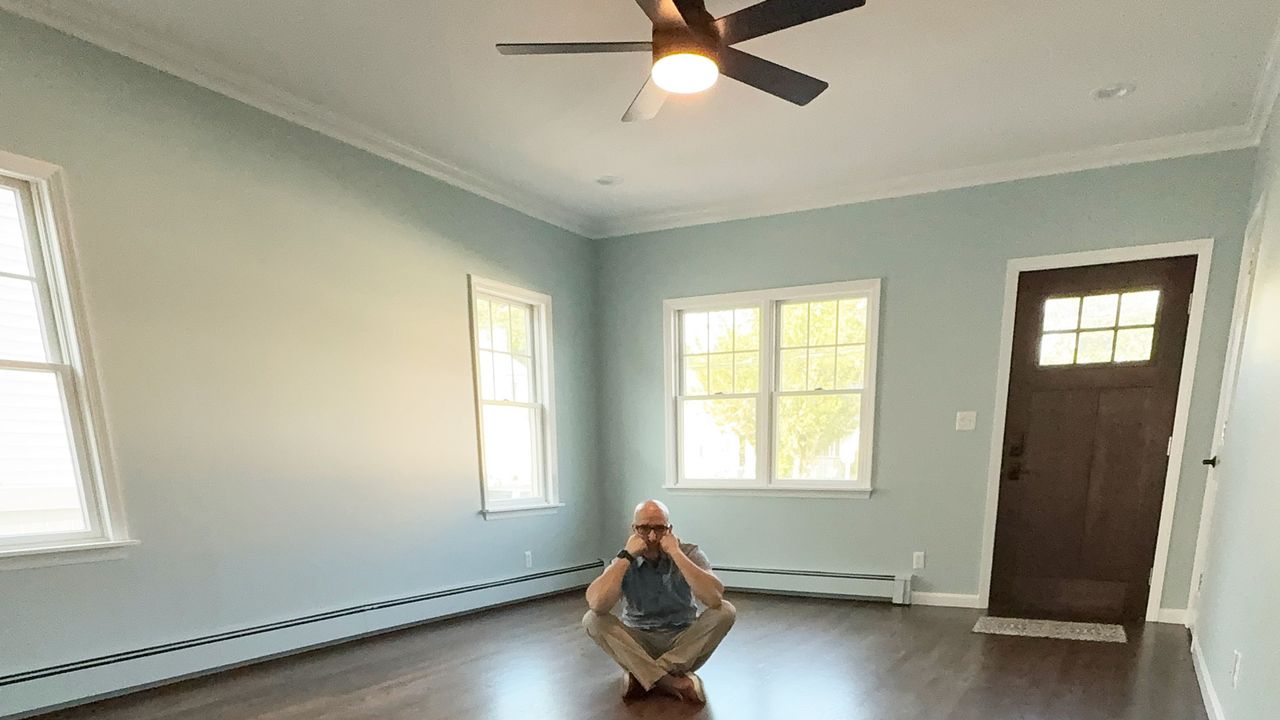Upgrading a twenty-year-old living room sparked a vision of a fully integrated smart home, complete with intelligent lighting, automated switches, and a state-of-the-art entertainment system. However, the reality of implementing such a comprehensive overhaul quickly became apparent, revealing the often frustrating and complex nature of smart home technology. Even simple, incremental upgrades can present unexpected challenges.
The project involved a complete refresh of the 20×18 foot living room, including new wood floors, a replacement front door and storm door, and the addition of a ceiling fan, all designed to create a more beach-themed aesthetic. While the painting and woodwork were successful, the process of selecting and integrating smart technology highlighted the difficulties faced by everyday users when attempting to modernise their homes.
The Trepidation of Tech Upgrades
Any foray into smart home technology is approached with a degree of caution, knowing that seamless integration and flawless functionality are rarely guaranteed. The potential for glitches, compatibility issues, and user-unfriendly interfaces is high, often leading to frustration. The aim was to minimise these issues and, in some cases, opting out of smart technology altogether proved to be the most effective solution.
For instance, a smart ceiling fan, while tempting due to the high ceilings and inaccessible pull chains, was ultimately deemed too risky. The reliance on apps, network connectivity, and the long-term viability of the manufacturer raised concerns. What happens if the app fails, the fan loses its network connection, or the company goes out of business and stops updating the software? Given the longevity expected from a ceiling fan, the uncertainty surrounding the long-term support of smart features was a significant deterrent. A simple remote-controlled unit offered a more reliable and straightforward solution.
Similarly, the retrofit LED lights were chosen for their simplicity and compatibility with standard switches. While they lack smart features, they offer reliable performance and easy adjustability. The ability to change the colour temperature by simply sliding the lights out and adjusting a switch on the back proved to be a more appealing option than dealing with the complexities of smart lighting systems.
A Smart Lock Compromise
The one area where smart technology was embraced was the front door lock. Having used smart locks for years, the convenience of unlocking the door with a smartphone was hard to relinquish. While the existing smart lock was functional, its aesthetics left much to be desired. A replacement was sought that offered both smart functionality and a more appealing design.
The chosen smart lock integrates with Apple HomeKit, providing convenient access and control. However, even this seemingly simple upgrade was not without its challenges. Apple Home regularly prompts for hardware updates, without specifying which device requires attention. The update process also necessitates the simultaneous updating of multiple devices, adding further complexity.
The Smart Porch Light Saga
The desire to upgrade the porch light presented another opportunity to explore smart technology. While a smart porch light fixture was considered, the potential for obsolescence and the associated costs led to a different approach. Instead, a smart lightbulb was selected, specifically one with a “Made for Google Home” label, suggesting seamless integration and easy control.
The reality, however, was far from seamless. Despite multiple attempts, the Google Home app failed to detect the new smart bulb. The only solution was to install the manufacturer’s specific app, create an account, and manually connect the bulb to the Google account.
Setting up a simple routine to automatically turn the light on at sunset and off at sunrise also proved to be more complicated than expected. The Google Home app required two separate routines, and only one allowed for the selection of a sun phase. This necessitated the creation of a second routine with an arbitrary time to turn the light off. Even after setting up the routines, it was difficult to verify their functionality, requiring further digging into the settings.
The Reality of Smart Home Integration
This experience highlights the core issue with smart home technology: the lack of true interoperability and the often-complex setup processes. Even a single smart light required significant effort to integrate and automate. While voice assistants offer the potential for more complex routines, the reality is that smart home devices are often fragmented across different platforms, hindering seamless communication and creating a disjointed user experience.
The vision of a fully automated home remains elusive. The current reality involves navigating a complex landscape of incompatible devices, unreliable connections, and unpredictable software updates. For now, the most practical approach is to temper expectations and embrace the small, incremental wins that smart home technology can offer, while remaining mindful of its limitations. In the end, some things are just better when they aren’t trying to be smart. The new living room furniture, for example, will remain resolutely analogue.


